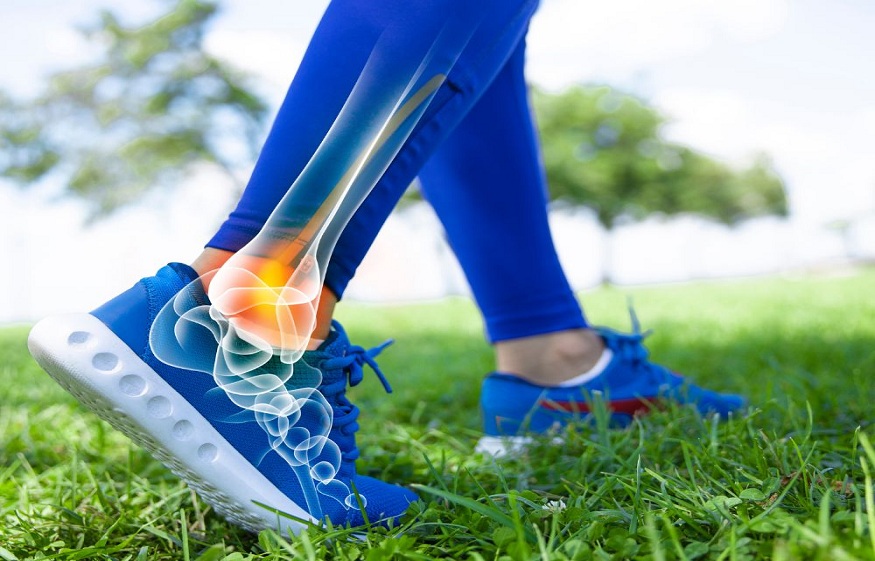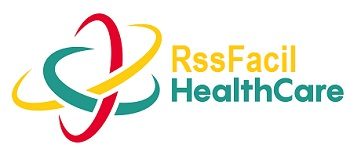
Why Are So Many Pro Athletes Getting PRP Injections?
Pro athletes have been opting for platelet-rich plasma (PRP) injections ever since the regenerative medicine industry began offering them. But back then, such athletes were the exception to the rule. It seems like more of them than ever before are now seeking out what is largely considered an alternative treatment. So, what’s the deal?
Like every regenerative medicine procedure, PRP therapy is an alternative to pain medication and surgery. But its status as an alternative treatment does not make it an outlier. It doesn’t make PRP injections medical quackery, either. There are exceptionally good reasons for choosing PRP injections over other options.
Robert Williams and Russell Wilson
The latest athletes to have publicly revealed their PRP injections are the Boston Celtics’ Robert Williams and the Denver Broncos’ Russell Wilson. Williams received the injections in a troubled knee after arthroscopic surgery did not achieve the desired results. As for Wilson, he has been battling a bum throwing shoulder since the start of the season. He decided to try PRP therapy in hopes that it would facilitate faster healing.
When it comes to athletes, competition is the name of the game. Competing is their job; it is the way they make a living. So if they aren’t on the field, that’s a bad thing. Professional athletes are often willing to try anything to get back into the game faster and healthier. Unfortunately, though, traditional treatments don’t always do that.
Regenerative Medicine Is About Healing
The fact that athletes want to get back into the action as quickly as possible still doesn’t fully explain the PRP injection choice. For that, we turn to Weatherford, TX pain relief clinic Lone Star Pain Medicine. The experts at Lone Star say that PRP therapy is designed to promote natural healing rather than merely mask pain or rely on invasive means.
PRP is derived by drawing blood from the patient and processing it in a specialized centrifuge to isolate platelets. The resulting material contains highly concentrated platelets along with growth factors and a variety of nutrients that all play a role in the healing process.
It is believed by regenerative medicine practitioners that PRP injections trigger the healing response. They alert the body to the need for attention and provide the initial growth factors and nutrients needed to accomplish healing.
All Treatments Have Risks
To the professional athlete trying to make a comeback after injury, every treatment needs to be analyzed in terms of its risks. Some treatments are riskier than others. Yet risk is one area in which PRP injections and other regenerative medicine therapies have an advantage.
This advantage is clearly seen in Tommy John surgery. Baseball pitchers are often referred for the surgery after suffering an injury to the ulnar collateral ligament. Tommy John surgery is a procedure that has been around for decades. But it is a risky procedure.
More than one pitcher has undergone the surgery only to later realize that he would never get back on the mound again. Not only did the surgery not work, but it also made the condition worse. And even when Tommy John surgery is successful, recovery time is extensive.
PRP injections, on the other hand, are minimally invasive and require almost no recovery time. It is no wonder pitchers seem willing to at least try PRP therapy before submitting to Tommy John surgery.
No doubt that PRP injections do not work every time for every athlete. But there are enough athletes who swear by them to trust that they do work. Pro athletes would not rely on them if there were no benefit to doing so.




